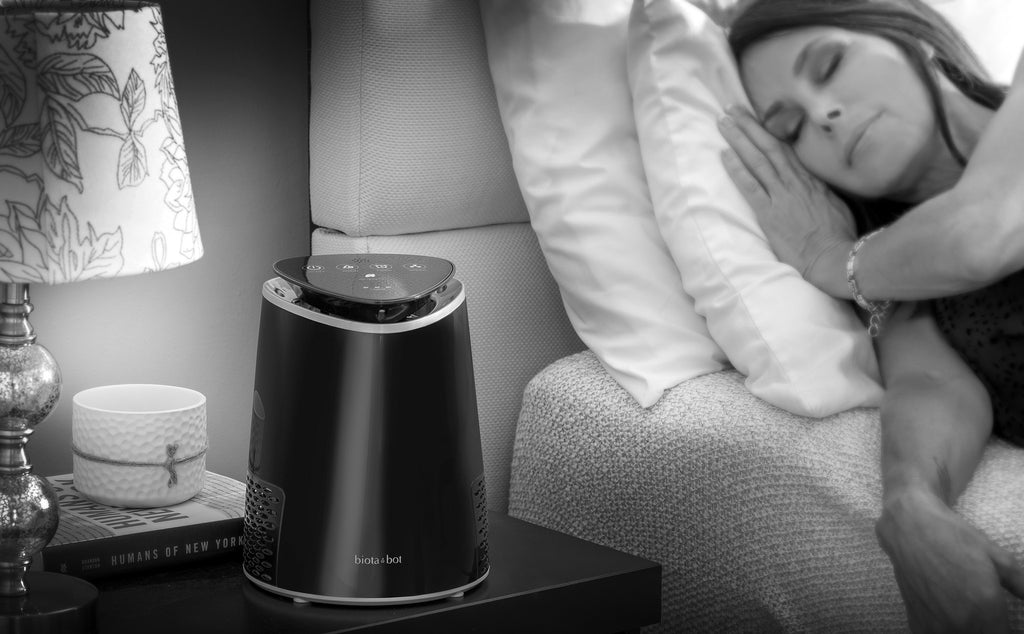How to determine the performance of an Air Purifier
How to determine the performance of an air of an Air Purifier relies on three factors namely; Air flow, performance and Air Changes per Hour and Clean Air Delivery Rate (CADR). The Air Flow rate indicates how much air goes through the air purifier over a given period of time. Air being gas can either be measured in volume or its mass. Manufacturers who produce Air cleaners however, are interested in volume. Air purifier flow is abbreviated to cubic feet per minute(CFM). Air flow is dependent on two factors: Efficiency of the filter inside it and the power of the fan built in it.
Air changes per Hour(ACH) is another determinant of the performance of the Air Purifier. It indicates how many times the entire volume of air in a room is replaced within one hour. The higher the changes in numbers the better of course! The number of changes mostly varies in between 1 and 7(7 being the highest and not to mention the most efficient!).
Clean Air Delivery Rate(CADR) is used to a filter’s ability to remove all pollutants expressed in cubic feet per minute. It can be a little bit confusing due to the fact that Ai purifiers are not created equal and therefore there is a variance in CADR rating. What you should know however, is that there ALWAYS should be three figures; one for pollen, smoke, and another for dust. These ratings are an excellent way indicators on how efficient any model is at dealing with the above pollutants. For instance, you would require a higher rated Air purifier if pollen is an issue for you over cigarette smoke.
Association of Home Appliance Manufacturers(AHAM), came up with CADR ratings to establish some standards for all purifiers. Since the CADR ratings are measured differently and into portable units, they are never given out for whole-house. They are highly dependable too since organizations like EPA rely heavily on the ratings that AHAM hands out (327)
References
i. Fisk, William J (2001) “The performance and costs of particle Air Filtration technology” (PDF)
ii. H.M Ang, M Tade, S Wang. (2007) “Volatile organic compounds in the indoor environment and photo-catalytic oxidation”.
iii. Residential Air cleaners (2009) United States Environmental Protection Agency (PDF) (2 Ed.)


